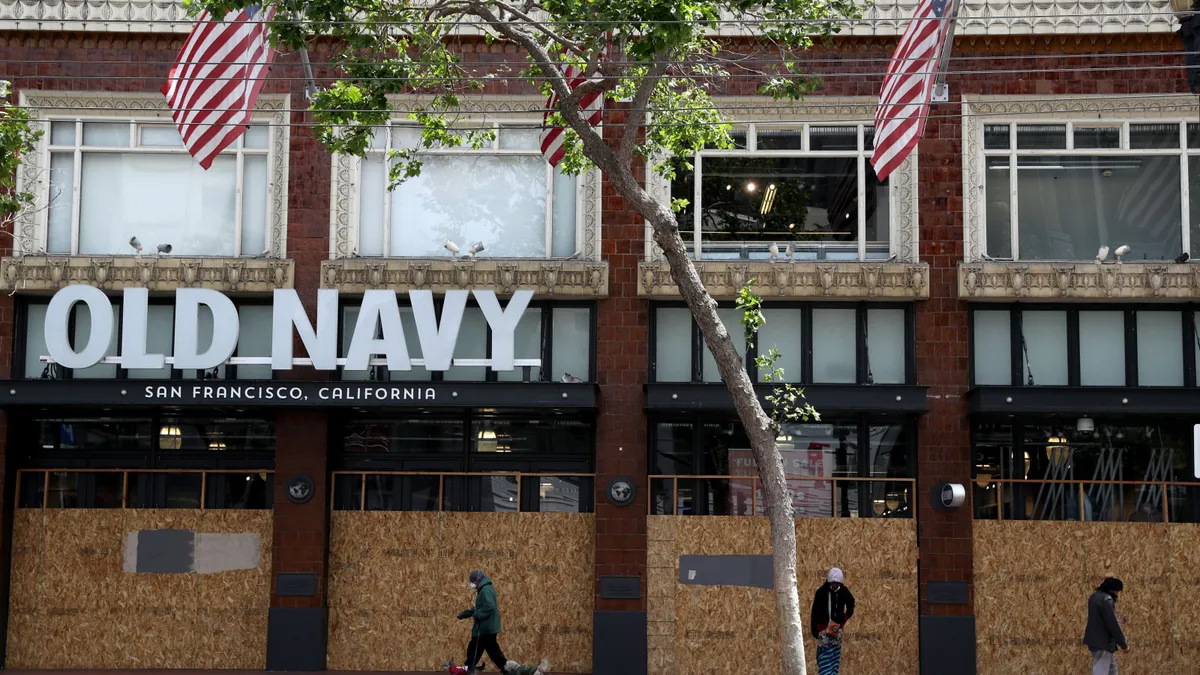Dive Brief:
- Amazon is buying a 5% stake in Indian retail company Shoppers Stop Ltd., Bloomberg reports.
- The deal includes a partnership where Amazon's "experience centers" would be brought into the Indian retailer’s 80 physical stores so customers can try out items sold online, according to the report.
- Shoppers Stop plans to use the investment in part to establish 20 new stores in the next four years, according to the report. Amazon declined to comment from Retail Dive, while our request to Shoppers Shop Ltd. for confirmation and comment wasn't immediately returned.
Dive Insight:
Amazon's deal with Shoppers Stop, which comes with an infusion of 1.8 billion rupees ($28 million), echos Amazon’s arrangement with Kohl’s. The latter would have Kohl's stores devoting space to Amazon products and handling returns for Amazon sales in select locations.
In both cases, the advantages for Amazon are clear. The e-commerce retailer, even with its new bookstores and its purchase of grocer Whole Foods, runs few physical stores. Amazon therefore misses out on the benefits to brick-and-mortar, notably the ability to see and try out the merchandise.
For the partner retailers, the deal will likely drive traffic into their stores. In India, retail laws are designed to protect homegrown and brick-and-mortar retailers. Amazon’s stake in Shoppers Stop allows it to benefit from those protections.
More generally, India presents retailers with growth opportunities, including some advantages that can’t be found in China. A large proportion of the growing middle class there is English-speaking, relatively young and mobile-first. While in China there’s a Chinese equivalent to Facebook, Twitter and other social media platforms, the most widely used ones in India are the very ones that are widely used in the U.S. India gives Facebook its second-largest membership base, after the U.S. That means brands have one less barrier to bust through when reaching Indian consumers.
Already, American brands constitute 35% of all foreign brands in India, followed by U.K. brands (12%), Italian and French brands (8% each), and Japanese, Swiss and German brands (5% each), according to a 2015 Indian retail report from London-based real estate consultancy Knight Frank.
“Amazon is giving all the India players a run for their money,” Venkat Viswanathan, founder-chairman of LatentView Analytics, told Retail Dive last year. “Step by step they’ve introduced all the new concepts have in the U.S., including Prime, which this year is expected to change the way all these marketplaces operate.”
There are some challenges there, too. While mobile is well established and e-commerce is growing, the physical infrastructure needed to get goods from point A to point B is in need of further development, according to experts. That means that retailers used to being able to offer two-day shipping to just about anywhere in the U.S. or Europe can only manage that in certain parts of India.














